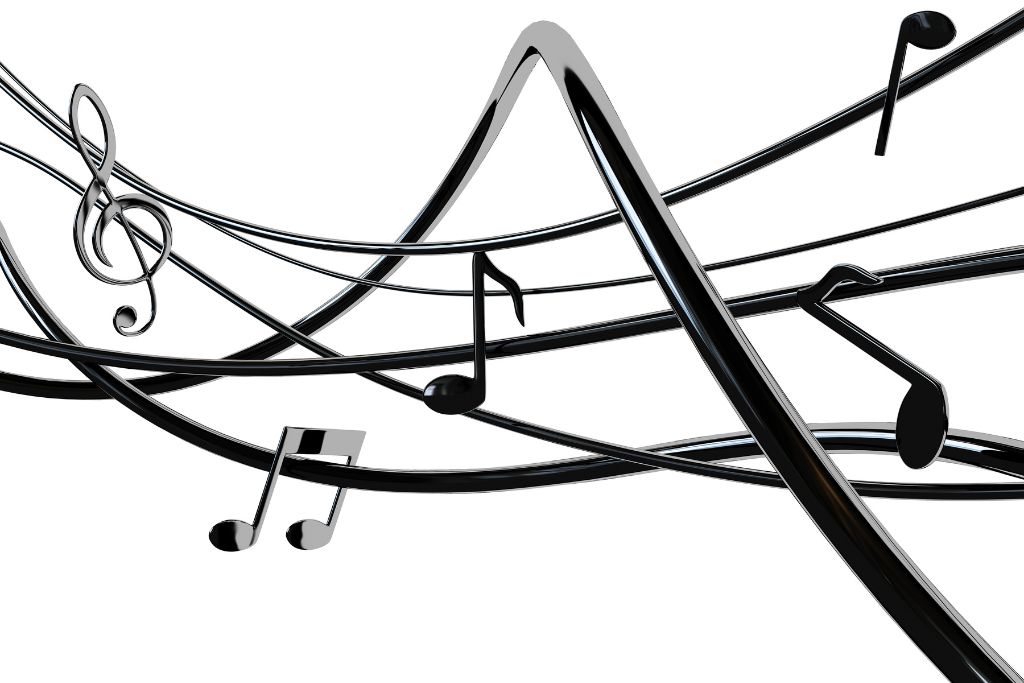Music is a set of structured sounds that have meaning and form. Its elements include melody, harmony, form, tempo, and timbre.
These aspects are built upon one another to create a musical piece. This is why a good understanding of basic music theory is important for everyone interested in learning how to create and perform music.
Melody
Music is a complex mix of rhythm, harmony, and melody. Melody is the most basic building block of music – it’s the part that makes us remember and connect to songs.
Melodies come in all shapes and sizes; they can be simple or complex, with lyrics or instrumental parts. They can be played very high or very low, and they can also be accompanied by other musical elements such as chords and rhythm.

A melodic line has several key characteristics: it may rise, fall, arch, or undulates. It also has a range and scale, which are determined by the intervals that make up its pitch.
Chords
Melody and harmony are two of the most fundamental building blocks in music theory. They both play a role in making sense of music and they both bring emotion to the listener.
Essentially, the melody is the audible structure of a song, while harmony is what the chords support and make the sound ‘natural’. For example, if you had a “C” melody note that moved up in steps from C to D to E to F and then a bassline underneath it, that would sound very ‘natural’ because the melody ‘belongs’ to a certain chord structure, which is then layered under the bassline.

There are a number of different types of chords, depending on how many notes they have. These include triads, which are three-note chords, and hexads, which are six-note chords. Other types of chords include pedal point chords, dominant seventh chords, extended chords, added tone chords, and clusters.
Harmony
Harmony is the vertical relationship between pitches (also called intervals). In a musical piece, this relationship can be manipulated by chords, which are combinations of pitch classes.
When a chord is sounded, it sounds as if multiple notes are playing at the same time, even though they might be played one after another. The ear creates its own sense of simultaneity in this way, and this is how harmony is treated in music theory.

There are two main types of harmony in music. These are consonant and dissonant. Consonant harmonies are usually stable, and in good relation to the key they are in.
Form
Melody is one of the most important building blocks of music theory, as it creates the overall structure and sound of a piece of music. A melody is a set of notes that are put together in a certain way and have a rhythm and length.
Melodies should be simple to remember and recognizable. They should be separate enough from the harmony and rhythm around them, and shouldn’t blend too much.

A strong musical melody should have a story that you can relate to. It’s like a lead actor in a play, not just the background.
Most of the time, the best melodies have a strong harmony part that helps set the scene and tell the story. As you create your own song, think about the story you want to tell with your melody and how it will interact with the chords and rhythm of your song.













